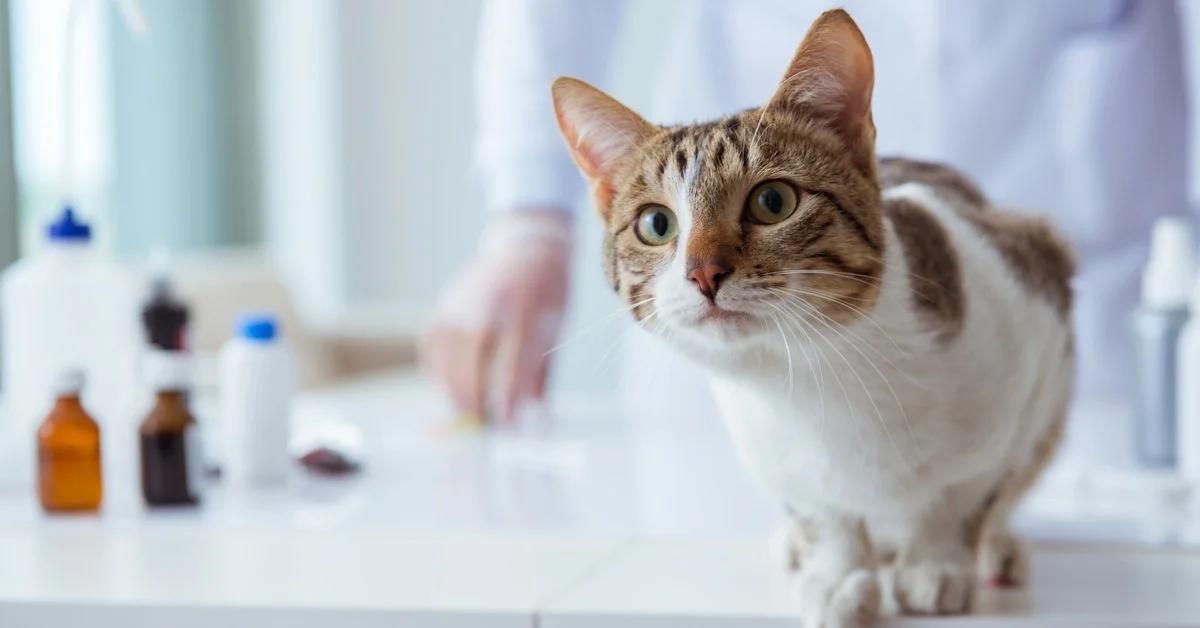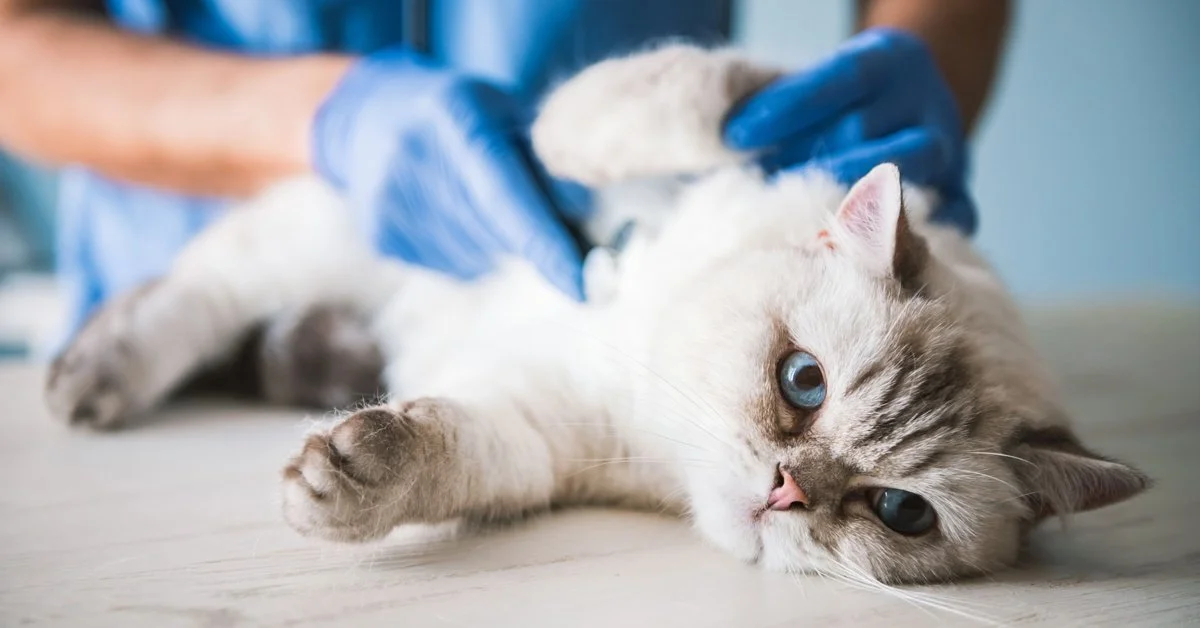Ways To Make Vet Visits Less Stressful for Your Cats
Heading to the vet can be a stressful experience for you and your feline. Cats are creatures of habit, so mixing things up and suddenly introducing them to new sensory experiences can give them a lot of anxiety.
It’s possible to limit their stress. Here are ways to make vet visits less stressful for your cats, so they feel calmer and get the care they need.
Choose the Right Carrier
Many cats struggle with car rides, so it’s a good idea to have the right carrier for them. Size plays a big role because cats like a spot where they can feel secluded without feeling cramped. A carrier that’s too large may actually prove counter-intuitive and cause more anxiety for your pet.
Most cats prefer carriers with solid sides or partially covered areas that make them feel both safe and hidden. Many cats dislike carriers because they associate it with going to the vet. Bring it out a few days before the appointment. Leave it out and give your cat a chance to sniff it or even head inside of it on their own to see how they like it.
You might be able to encourage them to explore the carrier further by placing their favorite blanket, toys, or treats inside. Creating familiarity with the carrier can help reduce a lot of their stress during transit to and from the vet.
Keep the Environment Calm Before the Visit
Cats are creatures of habit, and they can sense when you are acting differently. If possible, try to limit your own stress about the visit so that it doesn’t affect their mood. Maintain a calm demeanor and change your routine as little as possible.
Maintaining a steady demeanor and not making a big thing out of it can help keep your cat at ease. Basically, if you don’t worry about it, they’re less likely to worry about it. Avoid throwing things around trying to find the carrier and making loud noises that may elevate their stress levels. Give them their food at a normal time, even if you’re getting ready to leave, just to cement that you’re not changing things up too much.
Plan the Time of the Vet Visit Wisely
Timing can play a big part in how well the vet visit goes. If you have a timid animal, they may benefit from an early morning appointment when there are likely to be fewer people or animals around in the waiting room. Bustling lobbies can lead to additional stress in your cat.
You may even benefit from asking your clinic if there are any separate waiting areas or if you can wait outside until it’s time for your appointment. Trying to minimize exposure to stressful stimuli in the waiting room can make a big difference, especially with more timid cats.
Utilize Calming Scents
Cats take comfort in familiar scents and use it to calm themselves and even communicate. Try to put things that smell like them in the carrier so that it has a familiar scent to them. They may even benefit from some of their favorite treats or a little catnip to help soothe their nerves.
Of course, one of the most important smells to reduce your cat’s nerves is you! Staying close to your cat reinforces a sense of familiarity. Your natural musk is one of the most comforting smells to your cat, so try to stay close by. Remaining physically close to them, even when they’re in the carrier, can help.
Handle Your Cat Gently but Firmly
Another way to make vet visits less stressful for your cats is to handle them gently whenever it’s time to move them around. Sudden, rapid movements when trying to force them into the carrier cause unnecessary anxiety and escalate their stress.
Try to gently scoop them into the carrier can make things a little easier. After getting them inside, try to avoid sticking your fingers into the carrier too much, as that can lead to further unease. Giving your cat some space and a chance to calm down, while speaking calmly and reassuringly can help maintain their stress levels.
Communicate With the Vet
Communicating with the vet can make a big difference in reducing stressful experiences for your cat. Before the vet even comes into contact with your pet, try to give them a heads-up about any particular concerns or problems you may have. You know how your cat reacts to strangers better than the vet, especially if you’re a new patient with them. Open communication helps make a good first impression and ideally avoid any particularly stressful experiences.
Be sure to stay with your pet throughout the procedure and let your vet know of any specific issues or areas they may want to avoid with your cat. A partnership between you and your cat’s care provider can help make the appointment go more smoothly and limit their anxiety.
Make Post-Visit Routine Familiar
Once the appointment is over, try to ease back into familiar routines as naturally as possible. Open the carrier to let them come out into the home on their own. Speak calmly and reassuringly to them, using their favorite words to put them at ease.
Your cat may want some alone time after the appointment, so just let them relax and try not to make a big fuss about it. You may reward them with a few treats or some playtime to get them back into normal habits. However, cats are likely to simply want to relax.
A little bit of patience, preparation, and a focus on your cat’s needs can make a big difference in establishing comfortable vet habits. Every cat has their own habits and personalities, so try to find out what works best for your feline. While it can be stressful, visiting the vet is an essential process to help them maintain long, happy, healthy lives.
Looking for compassionate and experienced care for your feline? At The Complete Pet Animal Hospital, our dedicated team of vets in Litchfield Park, AZ, is ready to provide top-notch medical attention to your cat. Reach out to schedule an appointment and see how our personalized service can improve your pet’s health and make them feel at ease.



